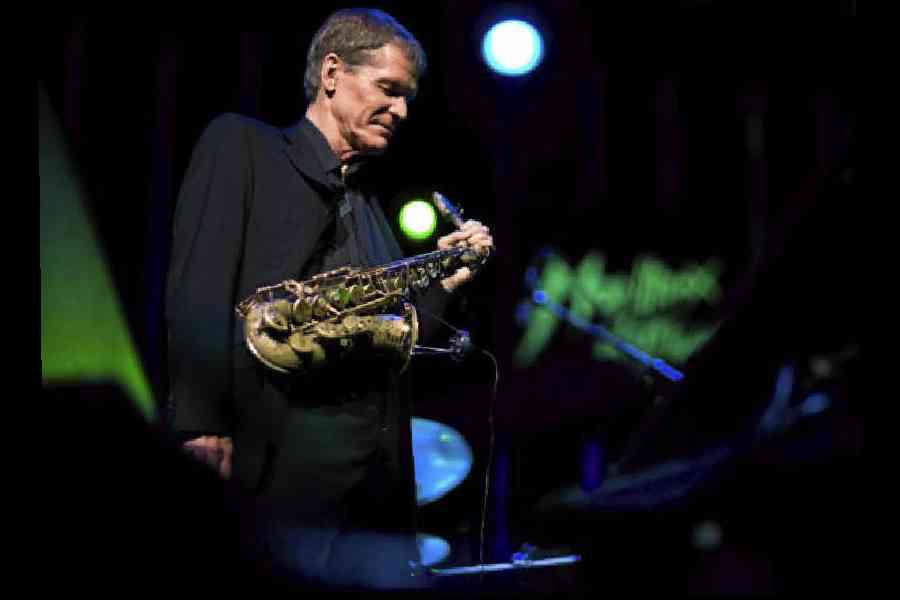His saxophone solos are celebrated on David Bowie’s Young Americans, Paul Simon’s Still Crazy After All These Years and James Taylor’s How Sweet It Is (to Be Loved by You). But an extended battle with prostrate cancer has cut short the magnificent career of influential saxophonist David Sanborn.
The 78-year-old was known for luxurious saxophone melodies but his sound and his legacy went far beyond his jazz roots.
As a solo artiste, he created a blend of jazz, pop, and R&B to reach his trademark sound which can be heard on more than two dozen albums, nine of which went gold or platinum, and won six Grammys.
Responsible for his sound was his childhood hero Hank Crawford, a former music director with Ray Charles. Sanborn performed at Woodstock as a member of The Paul Butterfield Blues Band.
Sanborn was truly a man of miracles. Growing up near St. Louis, he survived a polio diagnosis at age three. “I wasn’t like the other kids,” he told JazzTimes in 2008. “My mantra was: ‘Hey, guys, wait up.’ I used to lie in bed a lot, listening to the radio, which was my theatre of the imagination.”
Born in Tampa, Florida, on July 30, 1945, David William Sanborn spent his early teens sitting in with blues legend Albert King. He then joined the Butterfield band after moving to Los Angeles. After going solo in 1975, he worked with musicians like Paul Simon, James Taylor, Luther Vandross and Eric Clapton.
“On the Young Americans tour, Bowie would sometimes let the band play for 20 minutes before he came on. I remember we had a week at the Universal Amphitheater in LA. It was a great rhythm section with Doug Rauch on bass and Greg Enrico on drums. On the Young Americans album, there was no lead guitar, so I played the role of lead guitar. I was all over that record,” he told Downbeat in 2017.
The year 1980 was an important point in his career as his LP Hideaway appeared (contained the track The Seduction, which became a theme for the film American Gigolo), marking the beginning of a decade-long streak of hits like 1981’s Voyeur and As We Speak, 1983’s Backstreet, and 1988’s Close-Up. In 1991, he released Another Hand, one of his most loved albums, and later in his career he returned to his genre-expansive roots on albums like 2015’s Time and the River.
While delivering hit after hit, he continued with sessions for the likes of Aretha Franklin (Aretha, 1980) and the Rolling Stones (Undercover, 1983). And he composed several important film scores, including the three Lethal Weapon sequels. Another high point came from 1988 to 1990 when he hosted Night Music, which Saturday Night Live creator Lorne Michaels produced.
“I’m not so interested in what is or isn’t jazz,” Sanborn told Downbeat. “The guardians of the gate can be quite combative, but what are they protecting? Jazz has always absorbed and transformed what’s around it.… Real musicians don’t have any time to spend thinking about limited categories.”











